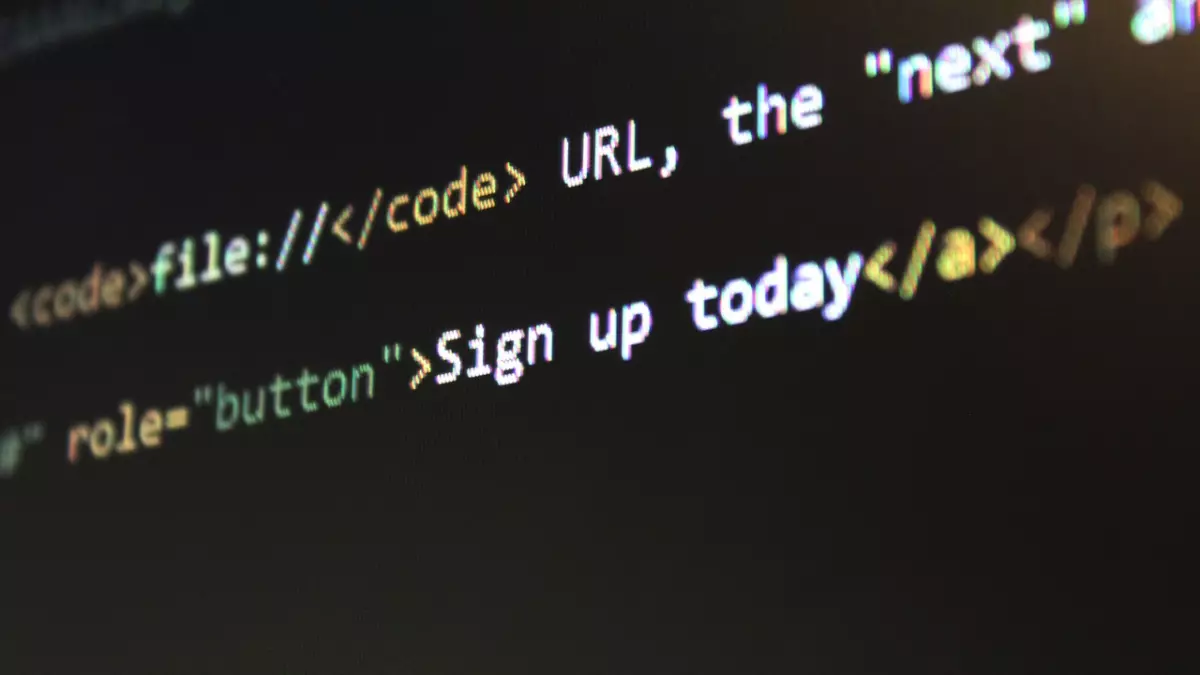Continuous Integration
I remember the first time I worked on a project where the codebase was so massive, we had no idea if our changes would break something. Every time we merged code, it was like playing Russian roulette with the entire system. That’s when I discovered the magic of continuous integration (CI), and let me tell you, it was a game-changer.

By Priya Mehta
So, what’s the deal with continuous integration? If you’ve ever worked on a large project, you know the pain of merging code from multiple developers. It’s like trying to fit a square peg into a round hole—except the peg is on fire, and the hole is shrinking. CI is here to save the day by automating the process of integrating code changes frequently and ensuring everything works smoothly.
At its core, continuous integration is a development practice where developers frequently merge their code changes into a shared repository, typically multiple times a day. Each merge triggers an automated build and test process, ensuring that the new code integrates seamlessly with the existing codebase. The goal? To catch integration issues early and often, rather than waiting until the end of a development cycle when fixing bugs is like untangling a ball of yarn.
Why Continuous Integration Matters
Imagine you’re working on a team of 10 developers, all coding away on different features. Without CI, you might go days or even weeks without merging your code. When you finally do, you’re faced with a mountain of conflicts, bugs, and broken features. It’s a nightmare. CI eliminates this by encouraging small, frequent merges, which are much easier to manage.
But it’s not just about avoiding merge conflicts. CI also helps improve code quality. Every time you push code, it’s automatically tested, meaning bugs are caught early. Plus, CI encourages a culture of accountability. You’re less likely to push sloppy code when you know it’s going to be tested immediately.
How to Implement Continuous Integration
Alright, so you’re sold on the idea of CI. But how do you actually implement it? Here’s a quick rundown:
- Choose a CI Tool: There are plenty of CI tools out there, like Jenkins, Travis CI, and CircleCI. Pick one that integrates well with your version control system (like Git).
- Automate Your Builds: Set up your CI tool to automatically build your project every time code is pushed to the repository. This ensures that your code is always in a deployable state.
- Automate Your Tests: Writing tests is crucial for CI. Make sure your CI tool runs your test suite every time code is pushed. If a test fails, the build fails, and you know something’s wrong.
- Integrate with Version Control: Your CI tool should be tightly integrated with your version control system. Every time you push code, the CI tool should automatically trigger a build and test process.
- Monitor and Report: Make sure your CI tool provides clear feedback. If a build fails, you should know exactly why. Most CI tools offer detailed logs and reports to help you diagnose issues quickly.
Best Practices for Continuous Integration
Now that you know how to set up CI, let’s talk about best practices:
- Commit Frequently: The whole point of CI is to integrate code often. Try to commit your changes at least once a day, if not more frequently.
- Keep Builds Fast: If your build process takes hours, no one’s going to want to use CI. Keep your builds fast by optimizing your tests and build scripts.
- Fix Broken Builds Immediately: If a build fails, drop everything and fix it. A broken build means something’s wrong, and the longer you wait to fix it, the harder it will be.
- Write Tests: CI is only as good as your test suite. Make sure you have a comprehensive set of tests that cover all critical parts of your codebase.
- Use Feature Flags: If you’re working on a feature that’s not ready for release, use feature flags to keep it out of production while still integrating it into the main codebase.
The Future of Continuous Integration
As software development continues to evolve, CI will only become more important. With the rise of DevOps and continuous delivery, the need for fast, reliable integration processes is greater than ever. In the future, we’ll likely see even more automation in the CI pipeline, with AI-driven tools that can predict and prevent integration issues before they even happen. Who knows? Maybe one day, CI will be so advanced that it’ll write our code for us. (Okay, maybe not, but a girl can dream, right?)
In the end, continuous integration isn’t just a tool—it’s a mindset. It’s about building a culture of collaboration, accountability, and quality. So, the next time you’re staring down a massive code merge, remember: CI is your friend, and it’s here to make your life a whole lot easier.





